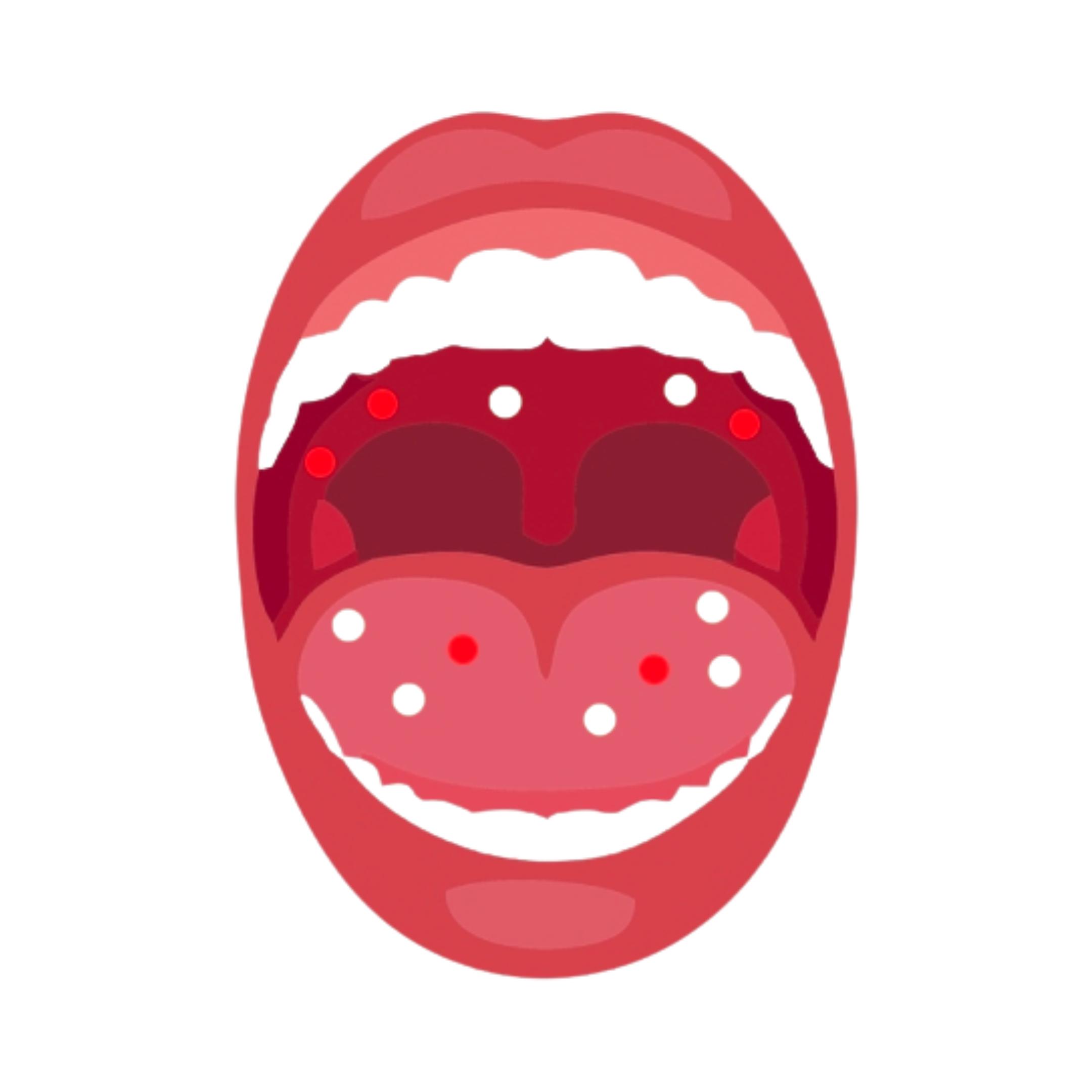Oral Cancer
Oral Cancer Categories
Oral cancer is divided into two categories:
1. Those that occur in the oral cavity (the lips, the inside of the lips and cheeks, the teeth, the gums, the front two-thirds of the tongue, and the floor and roof of the mouth)
2. Those that occur in the oropharynx (middle region of the throat, including the tonsils and base of the tongue).
Early detection can result in better treatment outcomes and can help prevent you or a loved one from becoming one of the 11,230 people whose lives may be claimed this year by the disease. The 5-year survival rate of those diagnosed is approximately 60 percent.
Which are the symptoms of Oral Cancer?
It is important to be aware of the following signs and symptoms and see your dentist if they do not go away after two weeks:
- A sore or irritation that won’t go away
- Red or white spots
- Pain, tenderness, or numbness in the mouth or lips
- A lump, thickening, rough area, scab, or small eroded area
- Difficulty chewing, swallowing, speaking, or moving the tongue or jaw
- A change in the way your teeth fit together when you close your mouth
Some people complain of a sore throat, a feeling that something is stuck in their throat, numbness, hoarseness, or a change in their voice. If you have any of these symptoms, tell your dentist, especially if you have had them for two weeks or more.

How can my dentist help find Oral Cancer early?
During your regular exam, your dentist will ask about changes in your medical history and if you have had any new or unusual symptoms. Then your dentist will check your oral cavity. This includes the lips, the lining of the cheeks, the gums, the front of the tongue, the floor of the mouth, and the roof of the mouth.
Your dentist will also examine your throat (pharynx) on the soft roof of your mouth, including your tonsils, the back of your tongue, and where your tongue meets the bottom of your mouth. The dentist will then feel your jaw and neck for any lumps or abnormalities.



